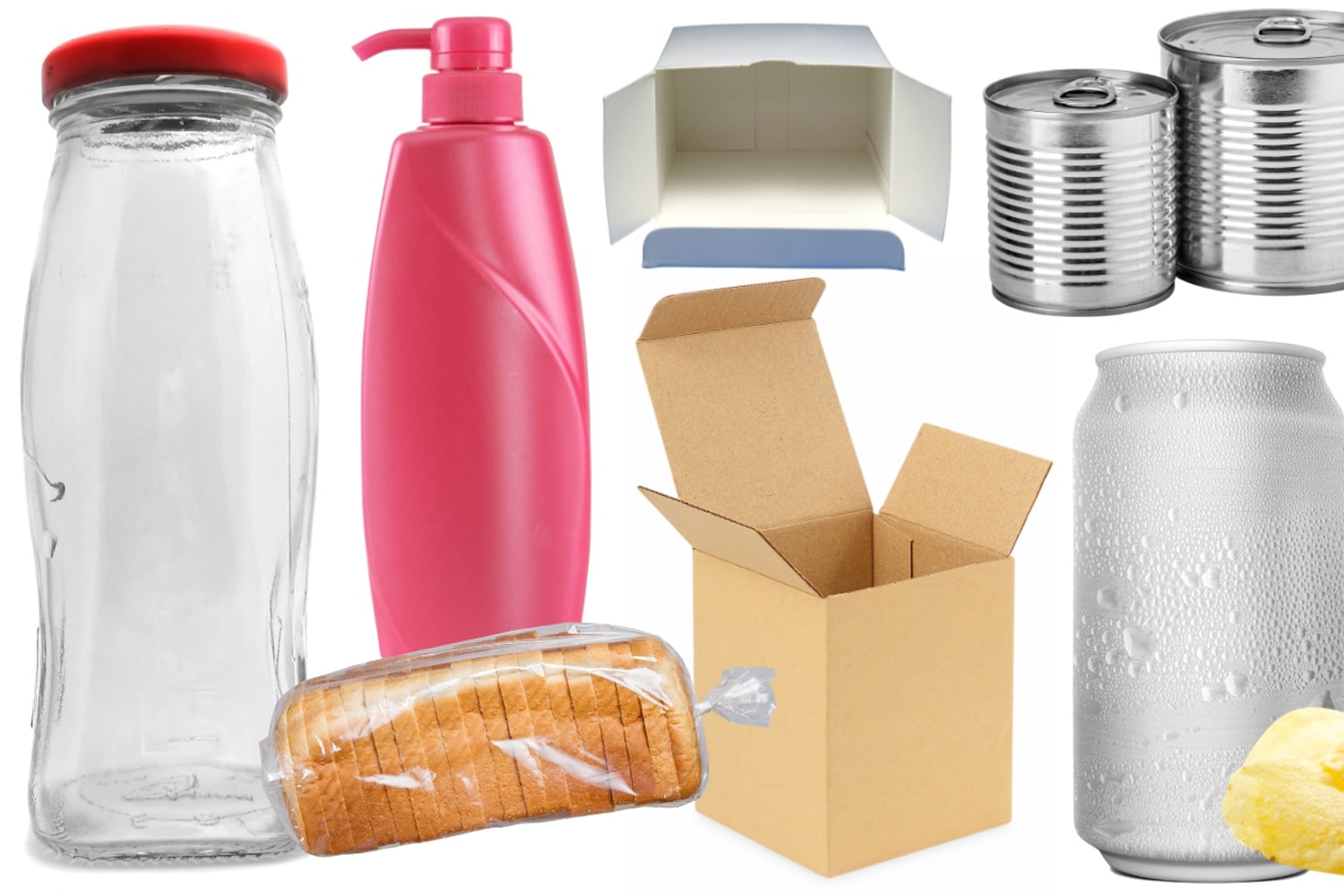Lightweight packaging refers to materials designed to reduce the package’s overall weight, typically using a minimum of adequate protection. Innovative lightweight packaging is especially important for industries where shipping costs and environmental concerns are key considerations.
Key Features and Benefits of Innovative Lightweight Packaging

- Reduced Material Usage: Innovative lightweight packaging minimizes the packaging material used, reducing production costs and resource consumption.
- Reduce Transportation Costs: Since the weight of lightweight packaging itself has less impact on the total transportation weight, it can reduce transportation costs, which is especially beneficial for enterprises that rely heavily on transportation and logistics.
- Environmental Impact: Using less material in packaging production helps reduce waste generation and resource consumption. In addition, lighter packaging may result in lower carbon emissions during transportation due to reduced fuel consumption.
- Efficient Storage: Innovative lightweight packaging takes up less space during storage and transportation, which can accommodate more items in a given space while optimizing warehouse utilization and improving distribution efficiency.
- Consumer Preferences: Consumers are increasingly aware of environmental issues and may favor products with lighter packaging and more environmentally friendly packaging.
- Innovative Materials: Advances in materials science have led to the development of lightweight and durable materials, including lightweight plastics, biodegradable materials, and innovative composites that provide adequate product protection.
- Customizability: Many lightweight packaging options can be customized to fit specific product sizes and shapes, ensuring a snug fit and optimum protection.
- Branding Opportunities: Lightweight packaging can still provide opportunities for branding, product information, and aesthetic design, helping companies maintain their brand image.
While innovative lightweight packaging has many advantages, it must also adequately protect the contents. Balancing lightweight design with necessary protection is critical to preventing damage during transport and storage.
The Purpose of Lightweight Packaging
Innovative lightweight packaging is a strategic approach to address various issues such as environmental impact, cost efficiency, and logistical considerations.

- Cost Saving: One of the main purposes of lightweight packaging is to reduce production costs. Businesses can save money on material procurement and manufacturing processes by using fewer materials and using fewer resources.
- Reduced Shipping Costs: Innovative lightweight packaging helps reduce shipping costs due to its reduced weight, which is especially important for industries that rely on transportation and logistics to get products from the manufacturer to the consumer or retailer.
- Environmental Sustainability: Lightweight packaging meets environmentally sustainable practices. By using fewer resources and producing less waste, businesses can minimize their ecological footprint and contribute to reducing environmental degradation.
- Resource Saving: Lightweight packaging saves precious resources such as raw materials, energy, and water. Using fewer resources in packaging production helps to address resource scarcity and minimize environmental impact.
- Reduce Waste: Lightweight packaging generates less waste during production and after the packaging has served its purpose, contributing to more responsible waste management practices.
- Efficient Logistics: The lightweight nature of the packaging allows more products to be shipped at once. The logistical efficiency of lightweight transport can reduce fuel consumption, reduce carbon emissions and optimize supply chain operations.
- Consumer Appeal: As consumers become more environmentally conscious, lightweight packaging can cater to their preference for environmentally friendly products while enhancing the company’s brand image and attracting environmentally conscious consumers.
- Optimized Storage: Lightweight packaging takes up less space during storage, allowing businesses to optimize their warehouse capacity and improve inventory management.
- Positive Public Relations: Introducing lightweight packaging as part of broader sustainability initiatives can lead to positive public relations, and consumers and stakeholders often favor companies that prioritize environmental responsibility.
- Supply Chain Resilience: Lightweight packaging helps create a more agile and resilient supply chain. Businesses can better respond to market volatility and economic challenges by reducing costs and increasing efficiency.
The purpose of lightweight packaging is multifaceted, ranging from economic benefits to environmental stewardship and improved supply chain performance. By adopting lightweight packaging practices, businesses can balance economic considerations with responsible resource management while appealing to modern consumers’ preferences.
What are Lightweight Packaging Materials?

Several lightweight packaging materials provide durability, protection, and environmental benefits while minimizing the overall weight of the package. Lightweight packaging materials are used in various industries, providing ideas for creating packaging solutions that balance functionality, sustainability, and efficiency.
- Corrugated Cardboard: Corrugated cardboard is a lightweight and multi-functional packaging material composed of paper layers, which provides cushioning and protection for products while being relatively light in weight and is usually used for boxes, cartons, and packaging inserts.
- Plastic Films: Plastic films such as polyethylene (PE) and polypropylene (PP) are lightweight options for packaging and flexible packaging, often used in food packaging, bags, and shrink wrap.
- Bubble Wrap: Bubble wrap is a lightweight plastic material filled with air and is often used to cushion and protect fragile items during shipping and storage.
- Foam Packing: Foam materials, such as expanded polystyrene (EPS) and polyethylene foam, are lightweight options for shock absorption and protection. Foam can be molded to fit around a product and reduce overall packaging weight.
- Biodegradable and Compostable Materials: Materials such as biodegradable plastics, plant-based plastics (PLA), and compostable materials break down more easily in the natural environment, providing a more environmentally friendly lightweight packaging option with less impact on the environment’s long-term effects.
- Flexible Packaging: Lightweight pouches and pouches made of laminated films provide efficient packaging solutions for items such as snacks, pet food, and beverages. Flexible packaging requires less material than rigid packaging options.
- Aluminum Foil: Aluminum foil is light in weight but can effectively block light, oxygen, moisture, and pollutants and is usually used for packaging items that require extended shelf life and protection.
- Air Pillows and Packed Peanuts: Air Pillows and Packed Peanuts are lightweight void-fill materials used to protect products inside shipping boxes, helping to prevent the movement of items and reduce the risk of damage during shipping.
- Fabrics and Textiles: Lightweight fabrics, such as cotton or canvas, are used for packaging products such as clothing, shoes, and accessories. Cloth bags or pouches are reusable and can add a touch of sophistication to packaging.
- Wooden Materials: Lightweight wooden materials, such as veneer or thin plywood, can package luxury items requiring a natural, high-end look.
When selecting a lightweight packaging material, the product’s specific needs, environmental impact, regulatory requirements, and overall packaging design must be considered. Balancing lightweight properties with protection, branding, and sustainability is key to creating effective and efficient packaging solutions.
Conclusion
Lightweight packaging is a strategy that meets sustainability goals, saves costs, and is efficient in logistics. Businesses that adopt lightweight packaging practices can contribute to a greener supply chain while enjoying real advantages in their operations.


